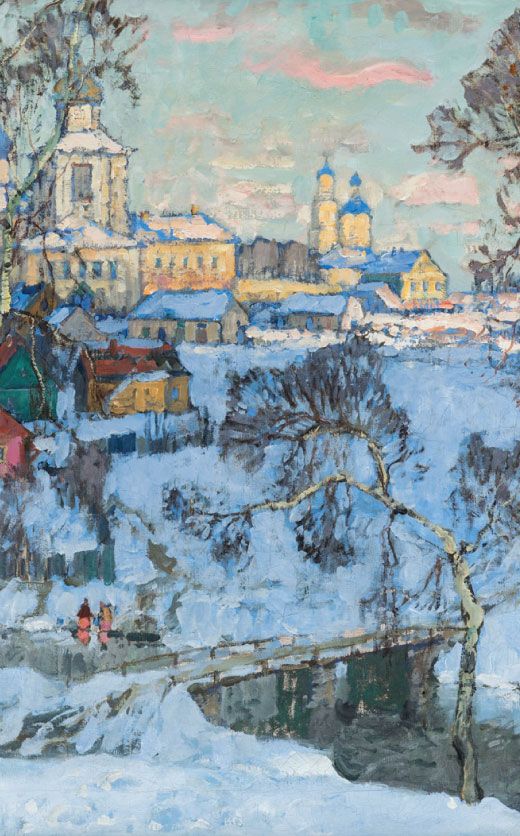Congolese Kuba Painted Wood Helmet Mask - Pwoom Itok
Lot 56c
About Seller
Artemis Fine Arts
686 S Taylor Ave, Ste 106
Louisville, CO 80027
United States
Selling antiquities, ancient and ethnographic art online since 1993, Artemis Gallery specializes in Classical Antiquities (Egyptian, Greek, Roman, Near Eastern), Asian, Pre-Columbian, African / Tribal / Oceanographic art. Our extensive inventory includes pottery, stone, metal, wood, glass and textil...Read more
Categories
Estimate:
$1,000 - $1,800
Starting Bid
$500
Absentee vs Live bid
Two ways to bid:
- Leave a max absentee bid and the platform will bid on your behalf up to your maximum bid during the live auction.
- Bid live during the auction and your bids will be submitted real-time to the auctioneer.
Bid Increments
| Price | Bid Increment |
|---|---|
| $0 | $25 |
| $300 | $50 |
| $1,000 | $100 |
| $2,000 | $250 |
| $5,000 | $500 |
| $10,000 | $1,000 |
| $20,000 | $2,500 |
| $50,000 | $5,000 |
| $100,000 | $10,000 |
| $200,000 | $20,000 |
About Auction
By Artemis Fine Arts
Aug 22, 2025
Set Reminder
2025-08-22 10:00:00
2025-08-22 10:00:00
America/New_York
Bidsquare
Bidsquare : Indigenous Art - Ralph T. Coe Center, Santa Fe, NM
https://www.bidsquare.com/auctions/artemis-gallery/indigenous-art---ralph-t-coe-center-santa-fe-nm-20324
Featuring works of art from the Ralph T. Coe Center for the Arts in Santa Fe, New Mexico, a non-profit focused on promoting Indigenous Arts globally. All proceeds from the sale of these items will support future grants to Rehoming Program participants. Artemis Fine Arts info@artemisfinearts.com
Featuring works of art from the Ralph T. Coe Center for the Arts in Santa Fe, New Mexico, a non-profit focused on promoting Indigenous Arts globally. All proceeds from the sale of these items will support future grants to Rehoming Program participants. Artemis Fine Arts info@artemisfinearts.com
- Lot Description
Central Africa, Democratic Republic of Congo, Kuba peoples, ca. first quarter of the 20th century CE. A commanding early 20th century Pwoom Itok helmet mask of the Kuba peoples, carved from a single piece of wood and adorned in a lively palette of black, red, cream, and ochre pigments. The mask's most distinctive feature is its projecting conical eyes set within deep circular recesses, each ringed by a halo of drilled apertures through which the masquerader would peer. The face is further enlivened with flaring nostrils, a sharply ridged nose, and a wide stylized mouth with parted lips, all framed by bold geometric painting in traditional Kuba triangular and chevron motifs. Rising above the head are a pair of tall, backward-curving horns painted in alternating zigzags of black and cream, visually linking the mask to Kuba rank insignia and ceremonial headdress traditions. Size: 9.8" L x 11.5" W x 23" H (24.9 cm x 29.2 cm x 58.4 cm); 27.1" H (68.8 cm) on included custom stand.
The Pwoom Itok is one of the principal Kuba dance masks, often representing a wise elder whose counsel is sought during initiatory performances. This example would have been worn at mukanda - the rigorous male initiation ceremonies marking the passage from boyhood to adulthood - or in funerary dances honoring senior men. The design reflects Kuba social structure, where headgear, elaborate coiffures, and ornamented masks were awarded to titleholders to signify rank. Carved by a master artisan of either the Bushoong or Ngeende subgroup, the mask bears the intricate polychromy characteristic of Kuba ceremonial regalia.
The Kuba kingdom, a confederation of eighteen ethnic groups unified under the Bushoong monarchy since the sixteenth century, has maintained one of the richest masking traditions in Central Africa. Kuba masks serve as both instruments of social instruction and visual affirmations of hierarchy and heritage. The Pwoom Itok type, identifiable by its sculptural eyes and elaborate polychrome surface, embodies this interplay of artistry, symbolism, and authority - its stylized physiognomy and vibrant geometry standing as both a marker of wisdom and a vivid presence in the pageantry of Kuba ritual life.
Provenance: Ralph T. Coe Center for the Arts, Santa Fe, New Mexico, USA, acquired in 2010 via descent; ex-private collection of Ralph T. Coe, Santa Fe, New Mexico, USA, purchased in November 2003; ex-Taylor "Tad" Dale Gallery, Santa Fe, New Mexico, USA
All items legal to buy/sell under U.S. Statute covering cultural patrimony Code 2600, CHAPTER 14, and are guaranteed to be as described or your money back.
A Certificate of Authenticity will accompany all winning bids.
We ship worldwide and handle all shipping in-house for your convenience.
#196405Old repair to tip of proper left horn with break line slightly visible and chip to left earlobe. Some nicks and abrasions as shown, all commensurate for age. Remains of old label on interior. Otherwise, impressive presentation with good remaining pigments and patina to surface.Condition
- Shipping Info
-
All shipping is handled in-house for your convenience. Your invoice from Artemis Fine Arts will include shipping calculation instructions. If in doubt, please ask before bidding for estimated shipping costs for individual items.
-
- Buyer's Premium



 EUR
EUR CAD
CAD AUD
AUD GBP
GBP MXN
MXN HKD
HKD CNY
CNY MYR
MYR SEK
SEK SGD
SGD CHF
CHF THB
THB














